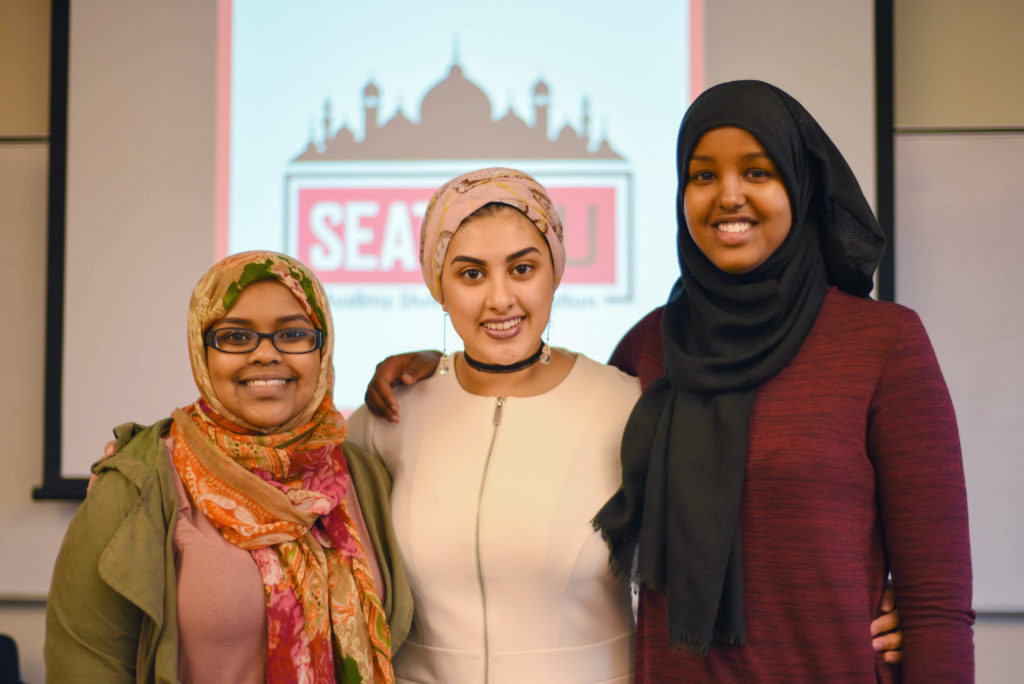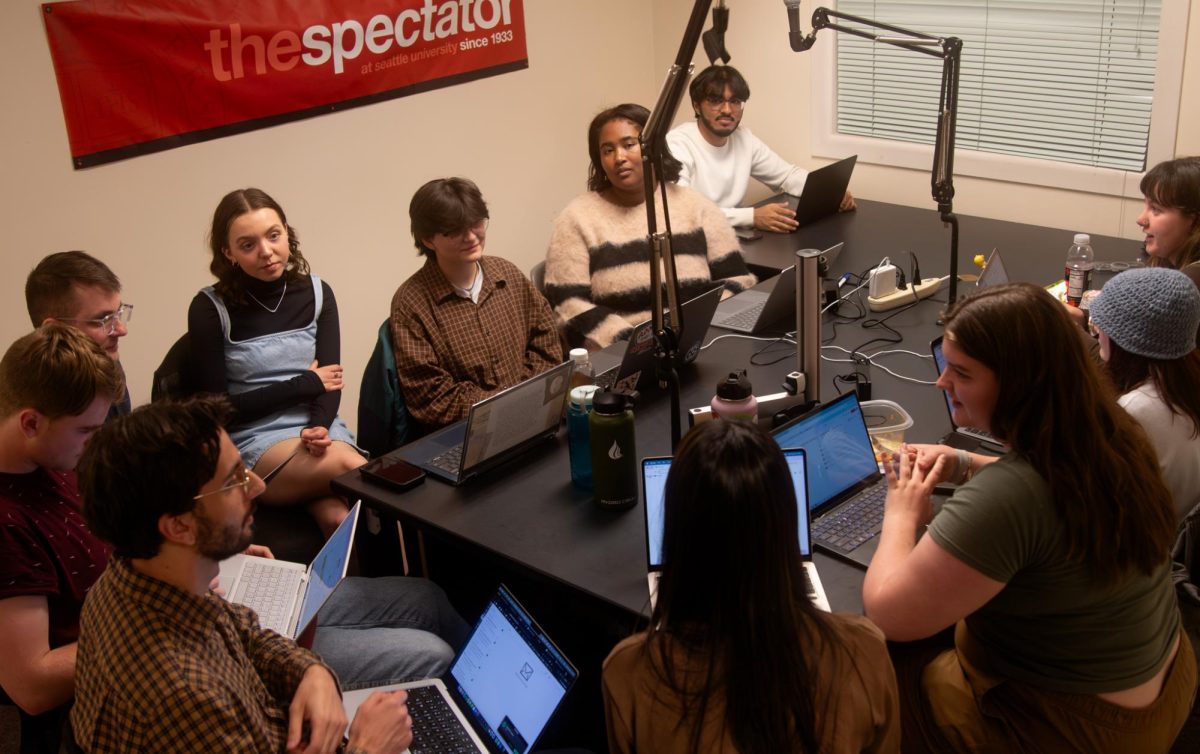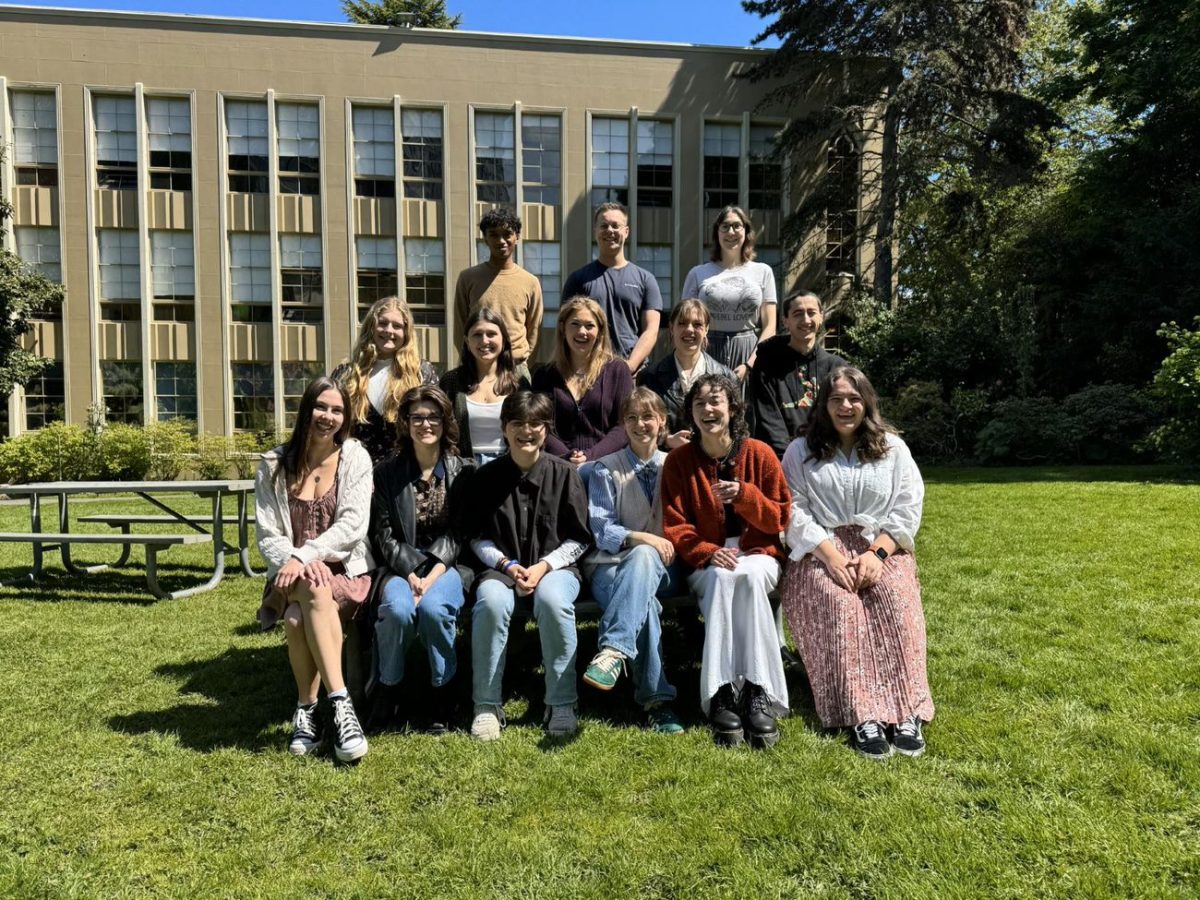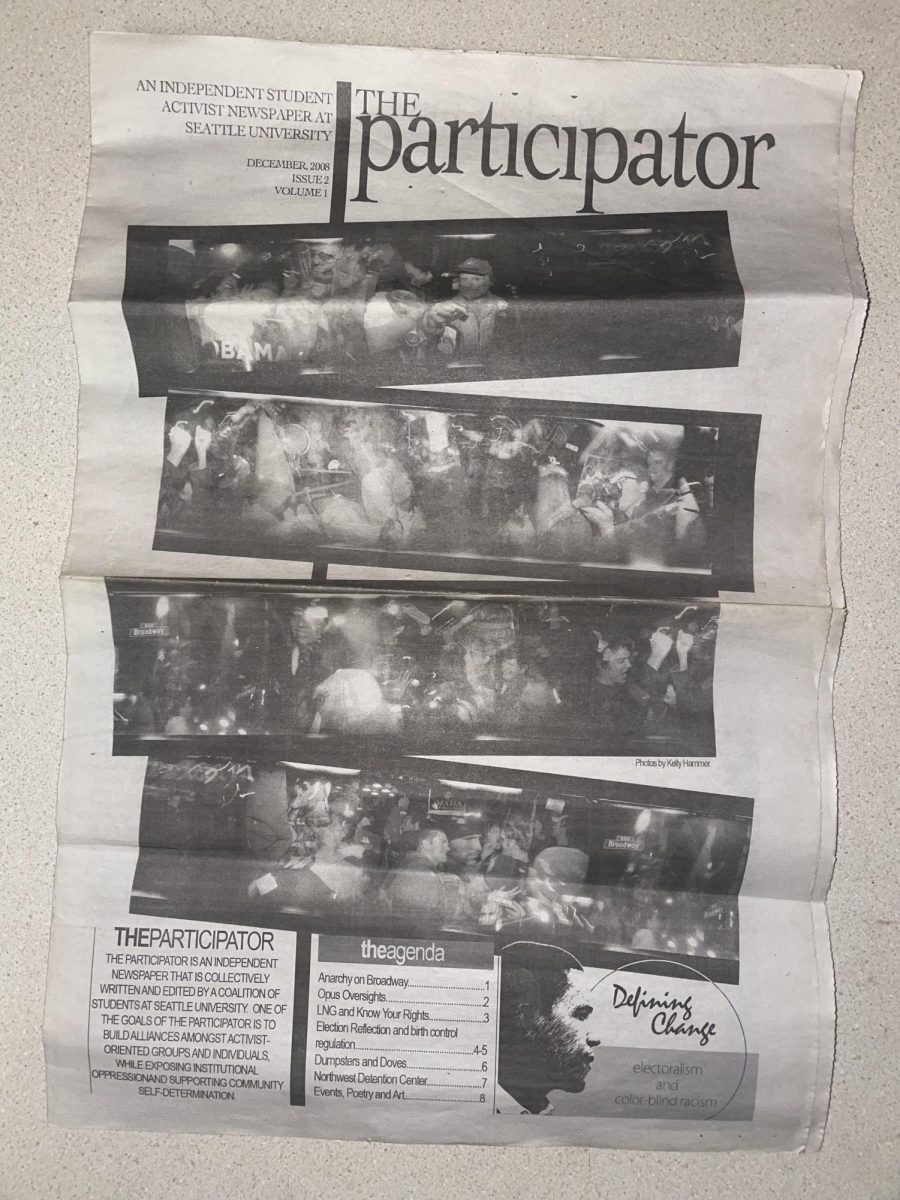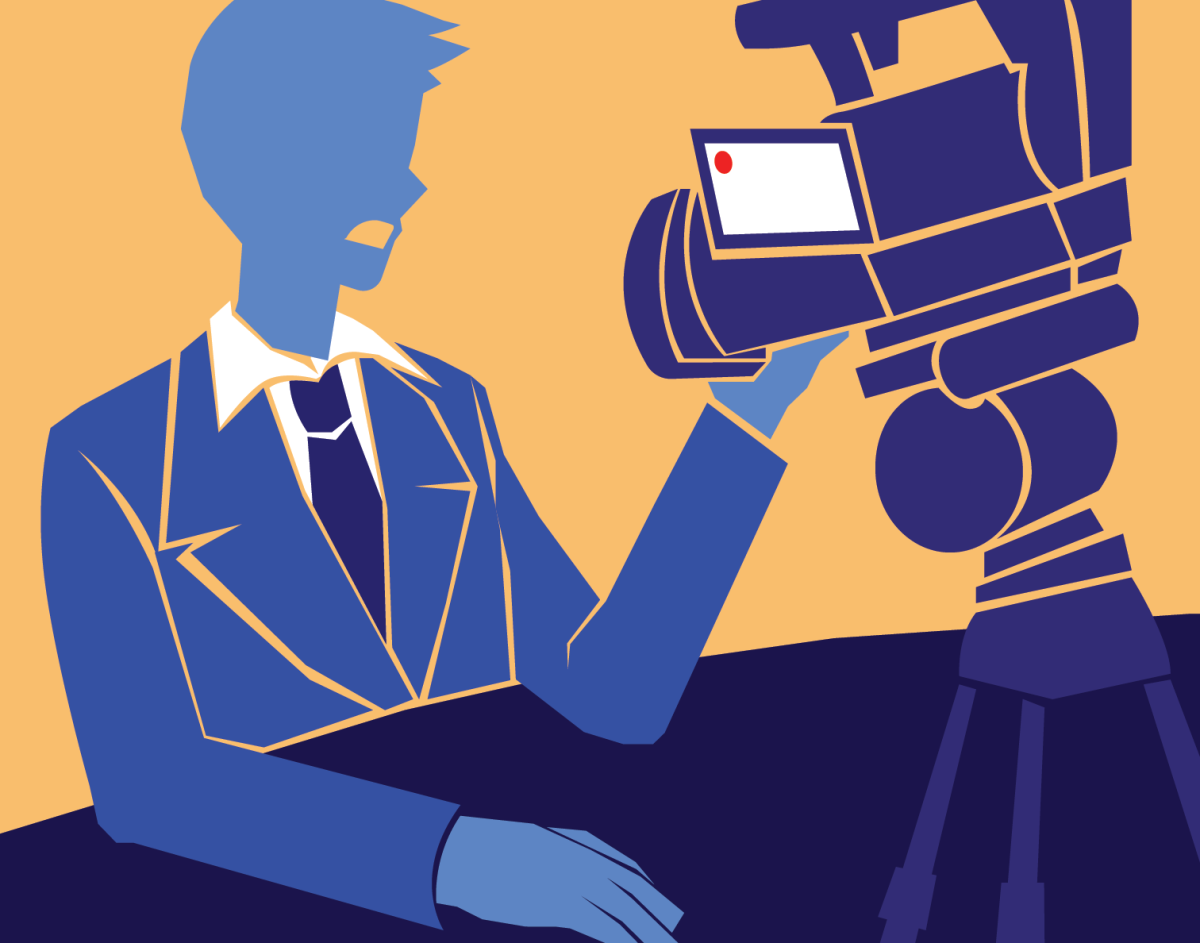It was a few months after the terrorist attacks of September 11, 2001 that Haleema Bharoocha was driving to dinner with their family.
“There was a car next to us,” Bharoocha said. “There were two white men in it, and they started cussing at us, and giving us the finger, and yelling at us with Islamophobic slurs.”
The verbal aggression was nothing new, they said, but then the driver tried to shove Bharoocha’s family off the road.
When a young Bharoocha told their father that they should contact the police, the father’s response was, “No, we’re not going to call the police, because the police are not on our side”.
Incidents like these are the reason Bharoocha, along with Amina Ibrahim and Anab Nur, created “Allyship in the Age of Islamaphobia,” a workshop developed in response to the White House administration’s anti- Muslim rhetoric. All three students are members of Seattle University’s Muslim Student Association (MSA).

Members of the Muslim Student Association conducting the Allyship in the Age of Islamophobia event.
Bharoocha explained the correlation between the 2016 presidential election and a spike in hate crimes ranging from assaults on individuals to attacks on organizations, local institutions and mosques.
“We didn’t really see anyone that was addressing it, and so that was something that kind of started sparking this movement that we had,” Bharoocha said. “Something needs to happen. The institution was not doing anything, and no one was really advocating for this.”
The three students decided that they would address this issue on campus.
“When you call yourself an ally, what does that mean? What are the roles and responsibilities?” Bharoocha said, explaining that many people don’t necessarily know what they should do when they witness Islamophobia. Some bystanders, according to Bharoocha, don’t become directly involved in fear of escalating the tension.
“So in order to hold each other accountable,” Bharoocha said. “We wanted to have that conversation, and to clarify what does it mean, what are the rules and responsibilities. And so we go over that kind of definition of what an ally looks like.”
Ibrahim stated that the workshop w ould help prepare allies on what to do in a situation where they witness Islamophobia. “Through the workshop we go through how you can do bystander intervention, and then we go through role-playing, so that people could think ‘If I was in this situation, how would I respond?’”
At the workshop on Monday, May 15, in Chardin, the three co-facilitators began the workshop by explaining what allyship to Muslims consists of. The presenters stated that a true ally is active, consistent and arduous in their defense and support of a Muslim person or community.
One of the roles of being an ally is to turn the spotlight from themselves and focus it on the voices of those who are continually “marginalized, silenced and ignored.” This mindset is especially pertinent for those who hold positions of privilege.
In that vein, the presenters emphasized that it is important for allies to listen to the Muslim community and to seek sources of information about Islam without expecting other people to act as a knowledge resource. One common mistake, according to Ibrahim, is to ask or touch a woman’s hijab.
In the event that someone is witness to an Islamophobic act, the presenters said a witness should try to comfort the survivor and, with their permission, escort them to a neutral area. They also advised caution to protect themselves and others from potential verbal or physical backlash.
Using with videos to emphasize the informative slides, and going over the multiple layers of Islamophobia, the presenters allowed the audience to discuss the information they just learned. One such discussion involved scenarios based on real life Islamophobic acts, such as one based on the assault of a woman wearing a hijab in the Broadway Starbucks. Reportedly, many of the bystanders didn’t intervene.
“One of the biggest reasons is because, a lot of the time, we see Islamophobia happening, and we don’t react,” Nur said after the workshop. “I hope that people will react when they see Islamophobia or racism.”
The editor may be reached at
[email protected]






